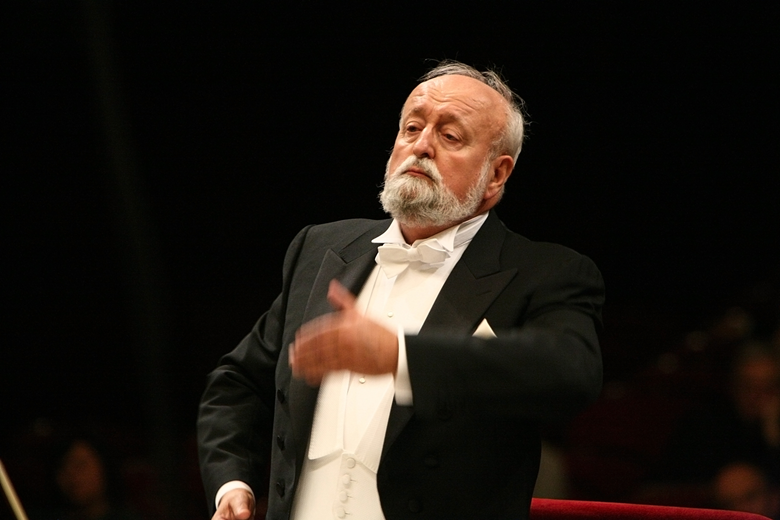Penderecki: The Symphonies
Tuesday, March 31, 2020
When a cycle of Penderecki's symphonies conducted by the composer himself appeared on the DUX label in 2013, Philip Kennicott gave the following compelling overview of Penderecki's ever-changing musical world

Register now to continue reading
Thanks for exploring the Gramophone website. Sign up for a free account today to enjoy the following benefits:
- Free access to 3 subscriber-only articles per month
- Unlimited access to our news, podcasts and awards pages
- Free weekly email newsletter








